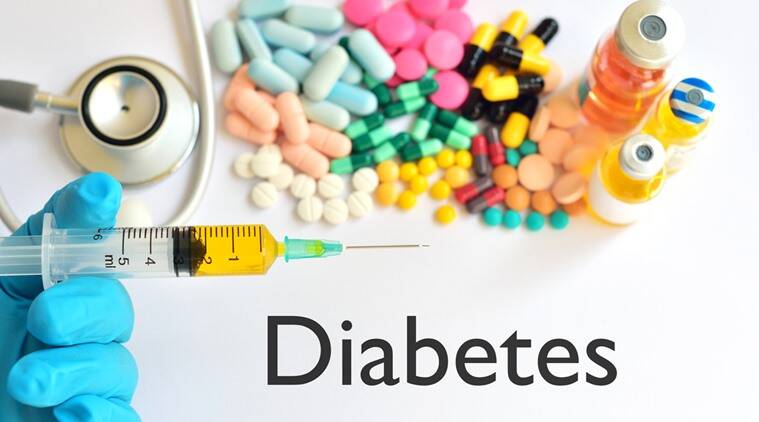First case of infection from diabetes medication in India
CA – SCI. & TECH.
First case of infection from diabetes medication in India
- After the U.S. and Canada, India too has admitted incidence of a rare but serious infection of the genitals and area around the genitals among Type-2 diabetes patients using sodium-glucose cotransporter-2 (SGLT2) inhibitors .
- This serious rare infection, called necrotizing fasciitis of the perineum, is also referred to as Fournier’s gangrene.
- As a precautionary measure the Central Drugs Standard Control Organization (CDSCO) has requested all State Drug Controllers to direct the manufacturers of SGLT2 inhibitor class drugs named Canagliflozin, Dapagliflozin, Empagliflozin, under their jurisdiction to include warnings in the package insert and promotional literature of these drugs.
- Sodium-glucose cotransporter-2 (SGLT2) inhibitors recommended as preferred add-on oral anti-diabetic drugs (OADs) after metformin among type-2 diabetes mellitus (T2DM) patients with atherosclerotic cardiovascular disease (ASCVD), heart failure (HF), and chronic kidney disease (CKD). They are generally many times costlier than other OADs.
DIABETES:
- World Diabetes Day is observed on 14th November every year since 2006.
- The day was created in 1991 by IDF and the World Health Organization (WHO) in response to growing concerns about the escalating health threat posed by diabetes.
- Diabetes mellitus is a non-communicable but chronic disease that occurs when the pancreas gland of the body is not able to make insulin or when the body cannot make good use of the insulin produced.
- Insulin is the hormone that regulates blood sugar or glucose levels by facilitating cellular glucose uptake, regulating carbohydrate, lipid, and protein metabolism, and promoting cell division and growth.
- Insulin plays a crucial role in metabolism and helps the liver, muscle, and fat cells to store the glucose that the body does not require directly, which can be used later by the body in the form of energy.
Types of diabetes:
- TYPE 1 DIABETES:
- In this type, the body produces very little or no insulin. Therefore, a daily injection of insulin is required for the body to maintain blood glucose levels under control. It can develop at any age but mostly it affects children and adolescents.
- TYPE 2 DIABETES:
- In this type, the body is not able to use the insulin that it produces. The remedy for this is a healthy lifestyle, increase physical activity, and a healthy diet. Some people with time may take oral drugs or insulin to keep their blood glucose levels under control. It is more common in adults and 90% mostly cases of Diabetes are Type 2 only.
GESTATIONAL DIABETES (GDM):
- In this type, glucose in the blood increases during pregnancy and may generate complications for both mother and child. It is also be seen that Gestational diabetes may disappear after pregnancy but affected women or children are at increased risk of developing type 2 diabetes later in life.
- Diabetes mellitus vs Diabetes insipidus
- Diabetes mellitus is what most people mean by diabetes. It’s when your pancreas doesn’t produce enough insulin to control the amount of glucose, or sugar, in your blood.
- Diabetes insipidus is a rare condition that has nothing to do with the insulin produced by the pancreas. If a person has diabetes insipidus, his kidneys produce a lot of extra urine. The loss of fluid makes the patient suffering from diabetes insipidus really thirsty. There are 4 types of diabetes insipidus – central, nephrogenic, dipsogenic, and gestational.
- It has emerged as one of the major co-morbid conditions linked to severe Covid-19 infections. The International Diabetes Foundation Diabetes Atlas, in 2019, placed India among the top 10 countries for people with diabetes.
- Government initiatives:
- India’s National non-communicable disease (NCD) Target is to prevent the rise in obesity and diabetes prevalence.
- National Programme for Prevention and Control of Cancers, Diabetes, Cardiovascular Diseases and Stroke (NPCDCS) in 2010, to provide support for diagnosis and cost-effective treatment at various levels of health care.
